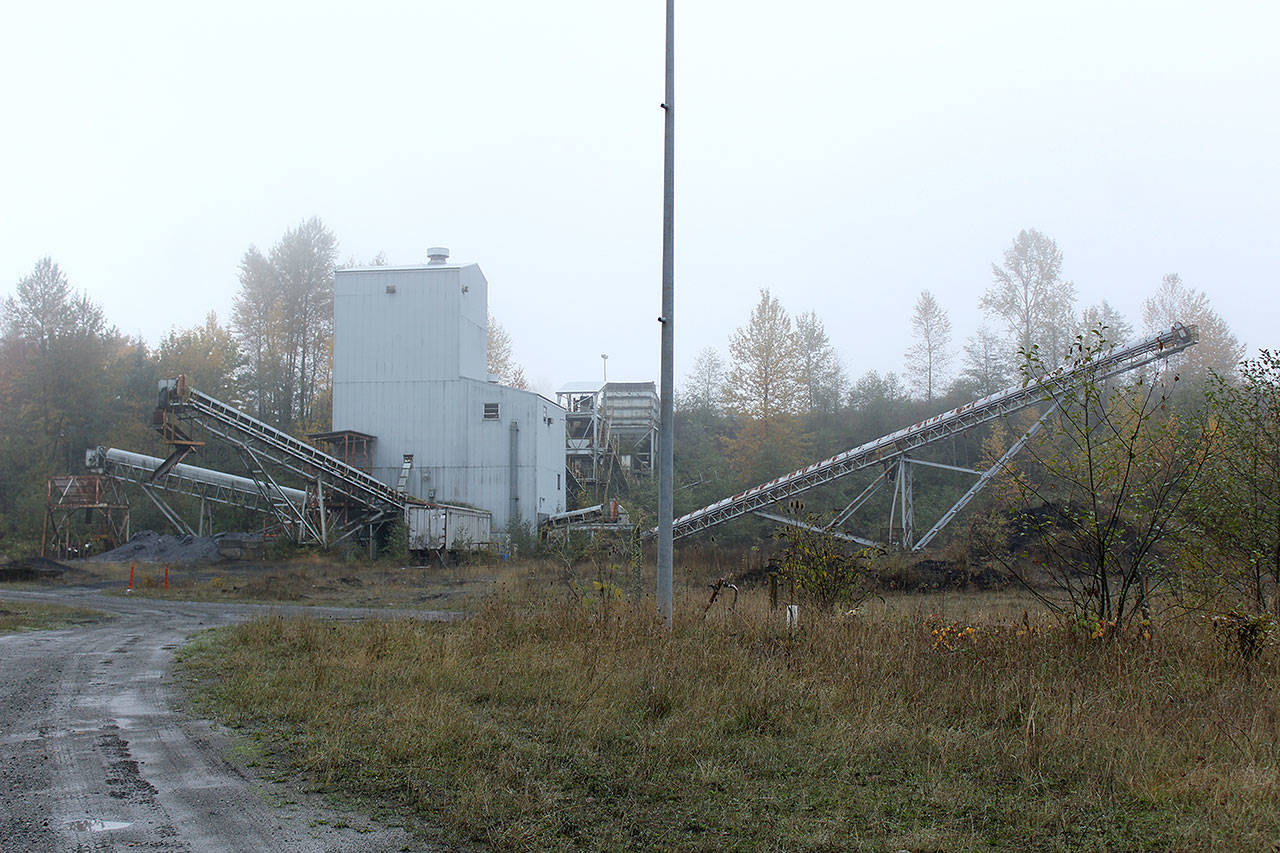Black Diamond may soon be returning to its roots as a mining town.
Plans to reopen the John Henry Mine, formerly the Black Diamond Mine, have been in the works for seven years, but recent developments have taken The Pacific Coast Coal Company closer to its goal.
PCCC’s owner Dave Morris has operated the mine since the mid-80s until the mine stopped production in 1999.
In 2009, the federal Office of Surface Mining and Reclamation Enforcement (OSMRE) ordered PCCC to either re-open the mine or finalize its reclamation of the area, which means filling up the mine and grading to blend with the surrounding area.
PCCC decided to submit a revised permit in April 2011 to reopen the John Henry Mine.
“Why bury 500,000 tons of coal that is ready to go?” Morris said in a phone interview.
However, the permit renewal process was put on hold until the OSMRE completed an environmental assessment report, determining how much of an environmental impact the re-opened mine would have on ground and surface water, air quality, traffic and vibrations, and human health.
The environmental assessment was published in September, and the public comment period on the report closed Tuesday, Oct. 24.
There are still several steps to go before PCCC’s permit is renewed — these include finalizing the environmental assessment, responding to any substantive public comments about the assessment, and signing the Finding of No Significant Impact report, which is a summary of the assessment published in September.
“This process could take up to 4 months to complete,” said OSMRE Public Affairs Specialist Chris Holmes. “If, after reviewing the public comments, OSMRE determines that there would be significant impacts to the environment, the bureau would begin to prepare an Environmental Impact Statement (EIS).”
If the OSMRE decides there’s no impact statement needed, the bureau would then make its decision on the permit renewal, usually within 30 days.
ENVIRONMENTAL, ECONOMIC IMPACTS ‘NEGLIGIBLE’
According to the published environmental assessment and a summary of the report, PCCC plans to mine 462,000 tons of coal over next six years.
But that’s a rather small yield compared to when the mine was in its heyday, Morris said, which was close to 300,000 tons of coal a year.
The mine itself, Morris added, is the smallest mine west of the Mississippi.
With all that in mind, none of the environmental effects from re-opening the mine “are considered to be significant,” OSMRE Manager Marcelo Calle wrote in the Finding of No Significant Impact report.
The OSMRE considered the direct and indirect impacts to everything from traffic and transportation, noise and vibrations, water quality, air quality and human health and safety, finding all impacts to be “negligible and short term.”
The bureau estimates PCCC — through mining and reclamation, electricity and diesel use, and coal transportation and burning — will produce more than 240 thousand metric tons of carbon dioxide (CO2) emissions.
This may seem like a large amount, but these emissions levels “would be less than two percent of total county emissions per year,” the assessment report states.
Between fires in King County, plus diesel and non-diesel vehicles and machinery, the county produced an estimated 11.7 million metric tons of CO2 in 2011, the Environmental Protection Agency reported.
The OSMRE also wrote in its report that there would also be “negligible beneficial economic impacts,” since the mine would only be on operation for six years, employing approximately 30 people. During the one year of reclamation, the number of people employed would drop to about 20.
John Henry Mine Environmental Assessment by Ray Still on Scribd


